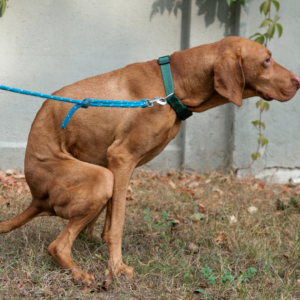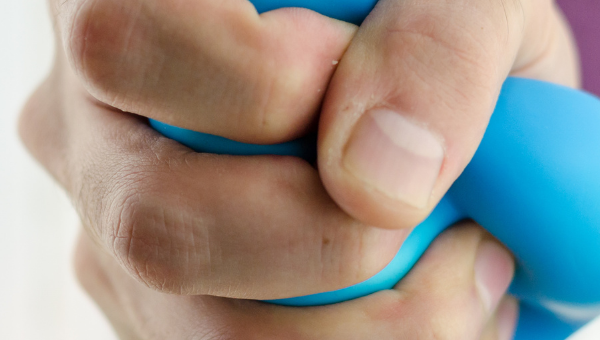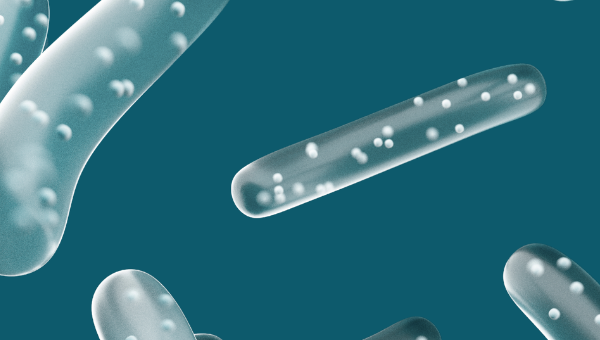Having trouble on the potty?
Can’t push out that stubborn stool? Take a look at your habits. Eating highly processed or refined foods, fast foods, high fat proteins, and sugary drinks are the main culprits of sticky, stubborn poop. Drinking too many fizzy drinks and not enough water are also a concern. While food intake is generally the issue, sedentary living, overuse of alcohol, stress and poor sleep patterns, also play a role. CLICK here for strategies that can help.

iPhone and the toilet
Not the best idea. iPhones should not be taken anywhere that you intend to sit down and relax. They overstimulate us and cause undue and sometimes unknown stress. And stress, keeps us from pooping. Try just sitting in silence, or reading a book.
Painful and stressful?
Trying to push out stubborn stool can be extremely stressful. Preparing for pooping can be helpful. Make sure you put aside time to sit. Take your time – don’t force it.
Sit with your knees above your hips, and settle in for a peaceful and lengthy toilet visit. These things should not be rushed. Take in a good read or meditation. No one will ever both you whilst you’re sitting on the potty.

In extreme cases, you could try a squat on your pot! Seriously now… our bodies are designed to poop in a squat position, so having a comfy upright toilet seat, isn’t helping with that stubborn stool.
Autonomic nervous system – breathing techniques – parasympathetic stimuli
Breathing deeply, with a slow and steady inhalation to exhalation ratio, signals our parasympathetic nervous system to calm the body down. Long, deep breaths can also manage our stress responses to help decrease anxiety, fear, racing thoughts, a rapid heartbeat and shallow chest breathing. Having stress around pooping is a major cause of constipation. Try breathing techniques to calm you while you poop.
Enemas / suppositories / laxatives
Enemas and suppositories, YES. Laxatives, NO! Using water enemas can help dislodge stodgy old poop up to the sigmoid, and suppositories can add lubrication and stimulate peristaltic activity to help with a bowel movement. Laxatives – on the other hand – can work well, but they are intrusive and they upset the GI tract. Long term use of laxatives has detrimental effects on gut health overall.
Internal and external sphincter
Once or twice in 24 hours, a mass peristaltic movement shifts accumulated feces onward from the descending and sigmoid areas of the colon. The rectum is normally empty, or at least is should be. When it fills with gas, liquids, or solids, the pressure rises and the impulse to poop suddenly occurs.
How do colonics fit in?
The #1 reason people show up at the clinic is for constipation. Colonics can clear blockages and stodgy old poop from the colon and give you a new outlook on pooping. Be prepared to visit more than once if you’ve been struggling with chronic constipation, as it takes awhile to loosen and move stubborn stool… thus the word stubborn. Once things are moving, you will be landlord to a much improved colon and a happier new you!




No Comments